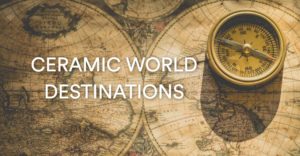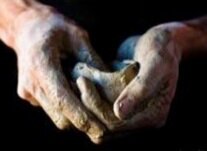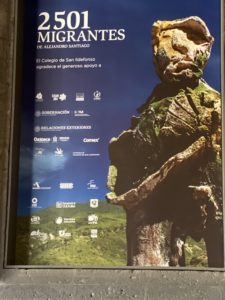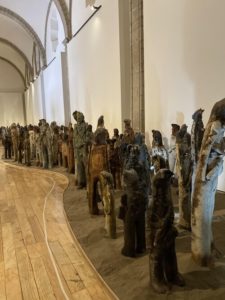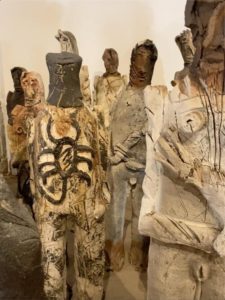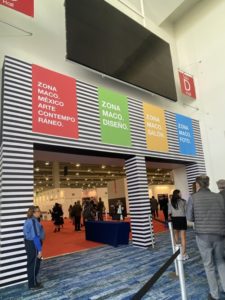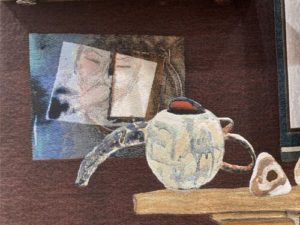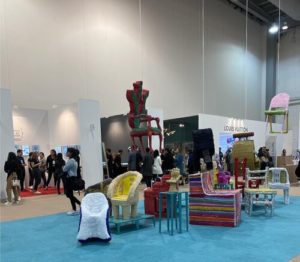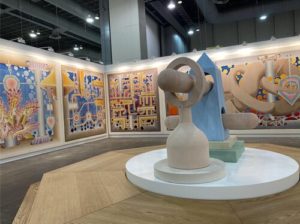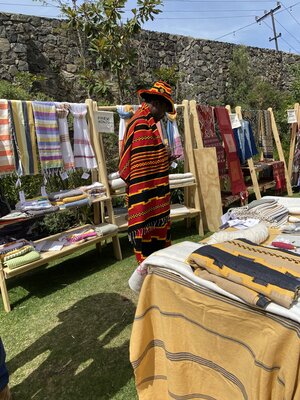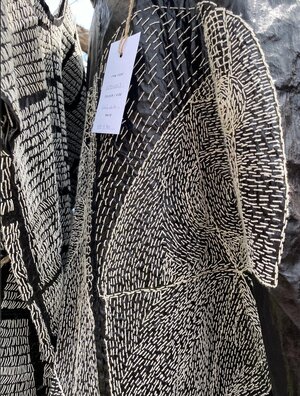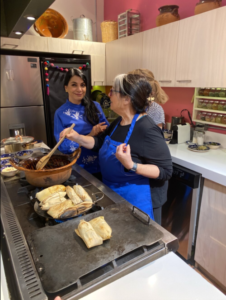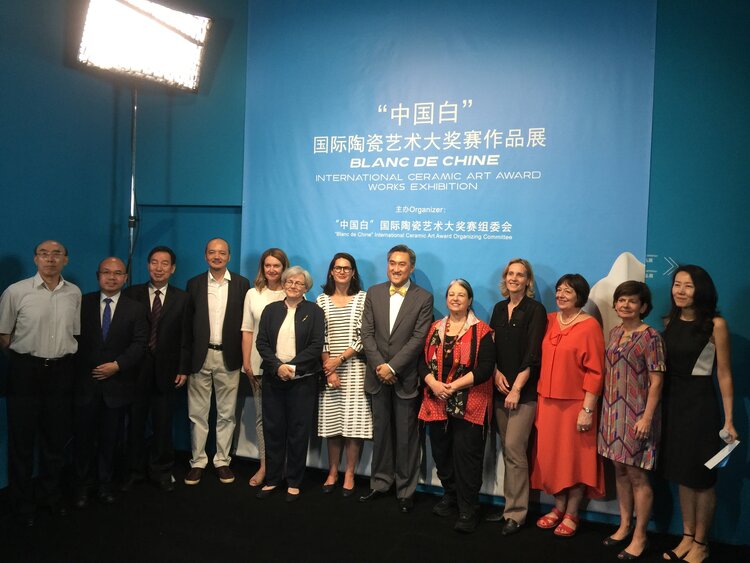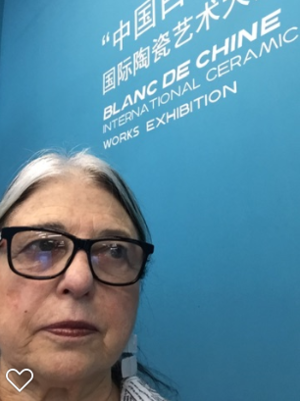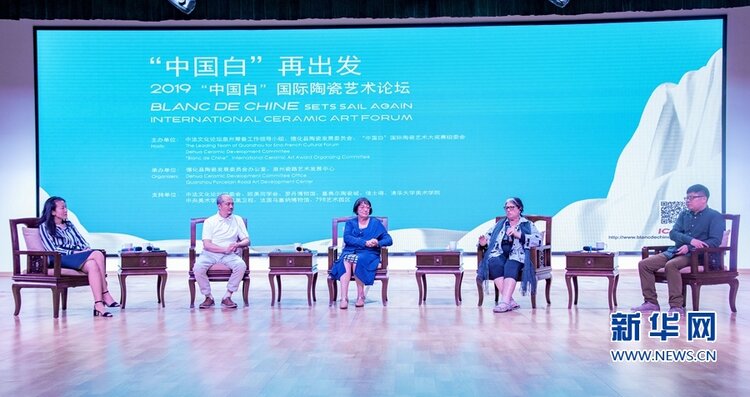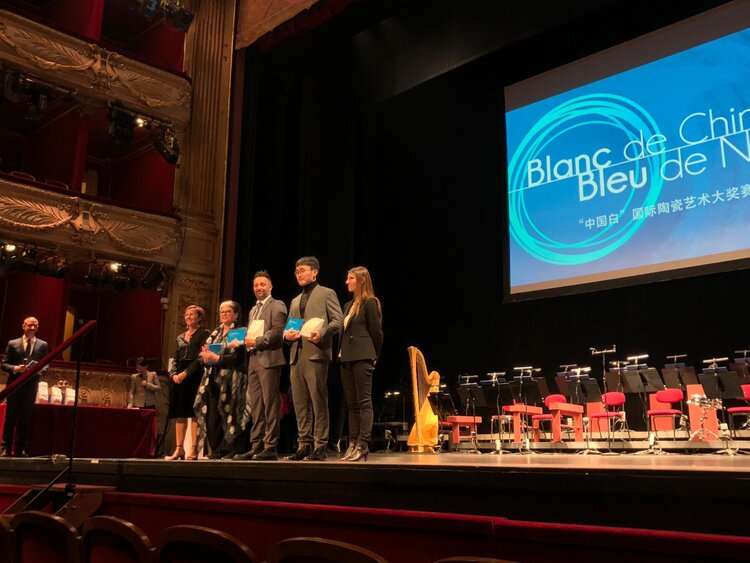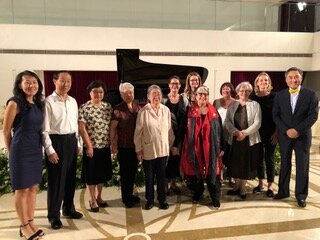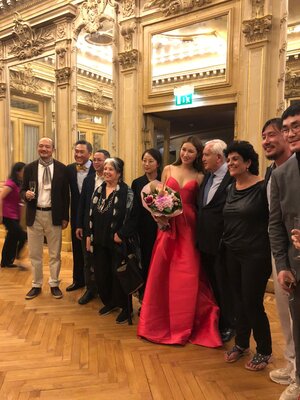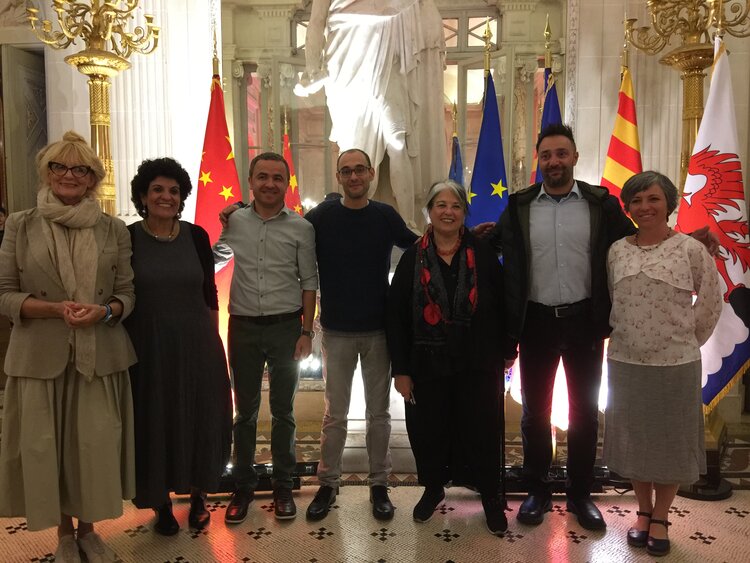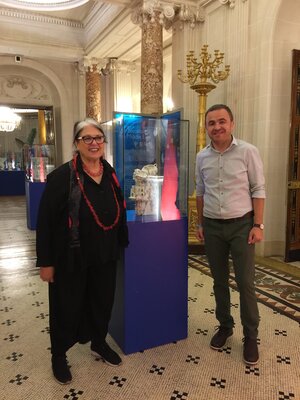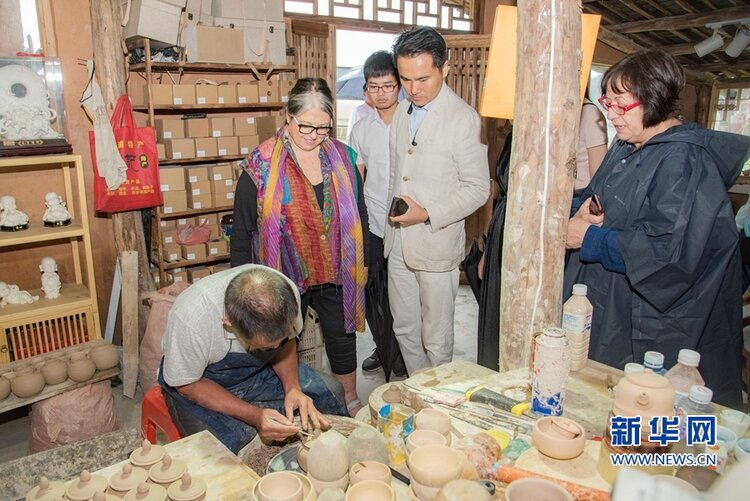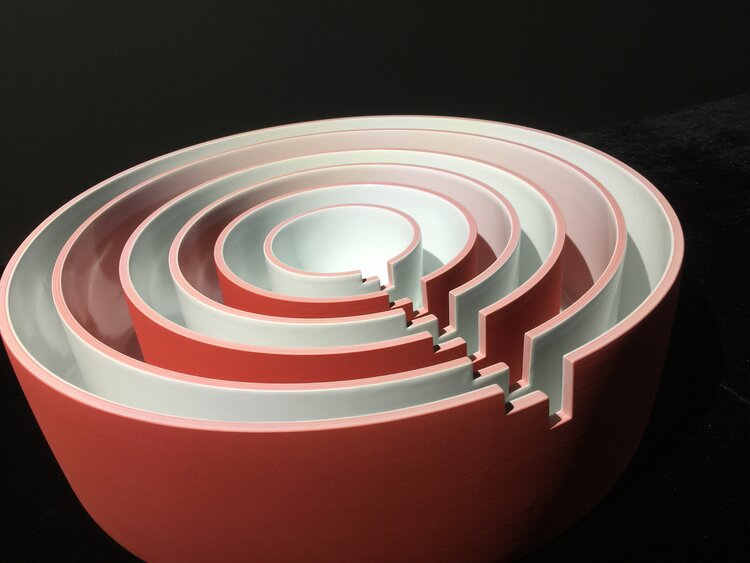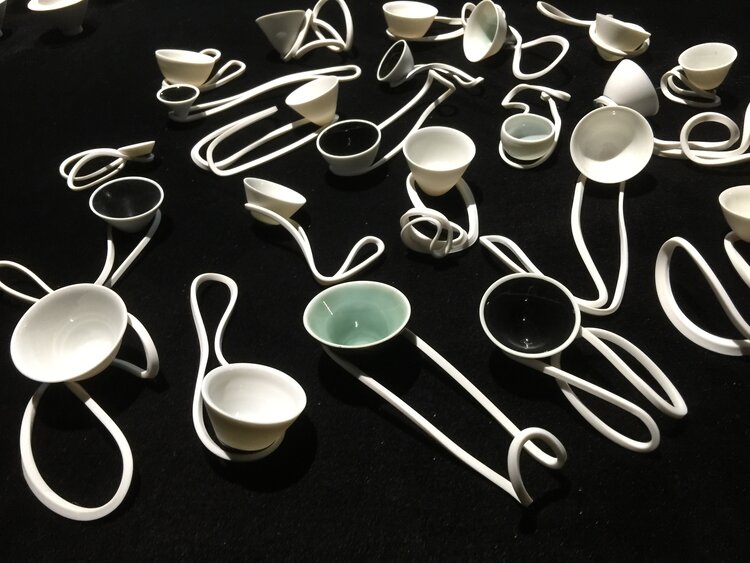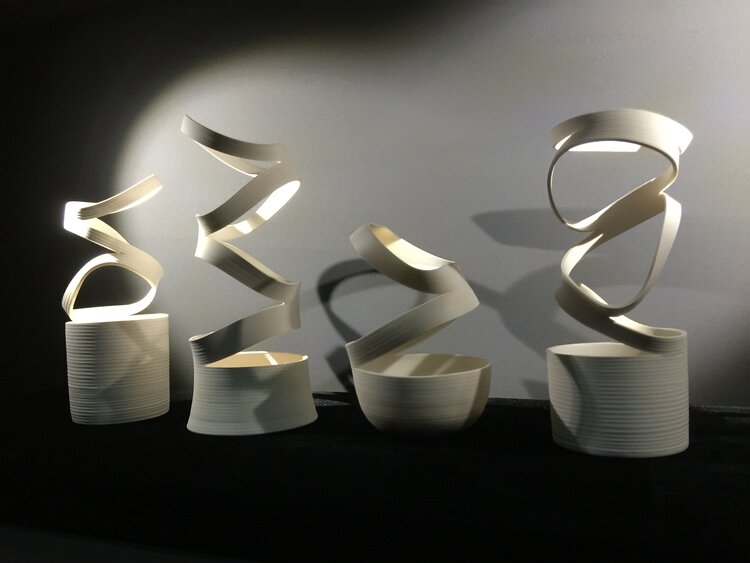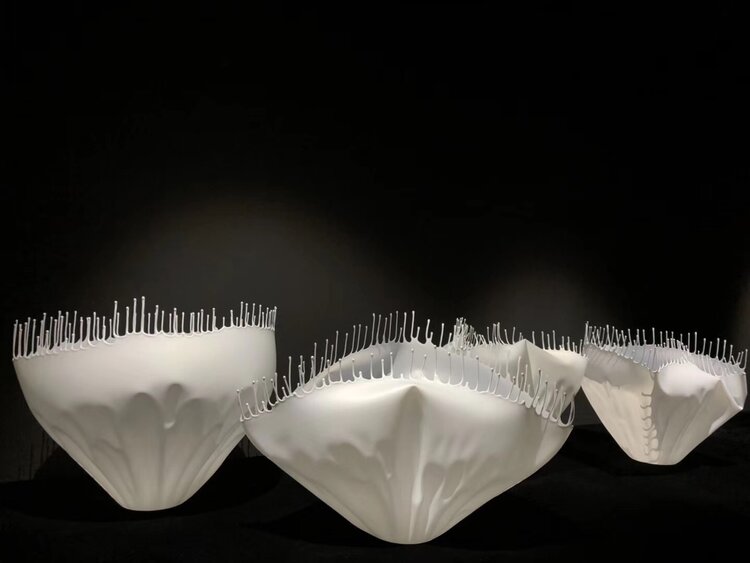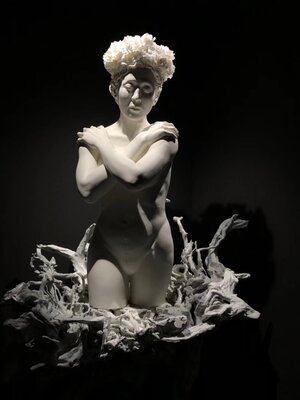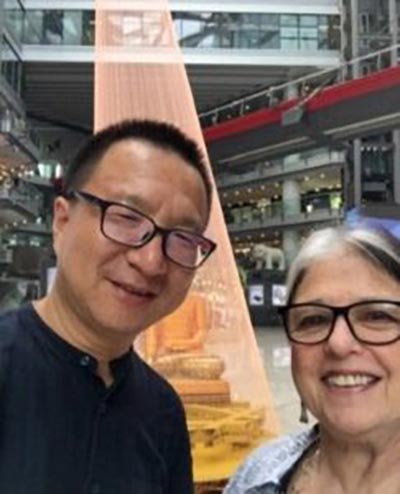I have developed a project which now resides and is hosted by the Museum of Ceramic Art – New York. The project is a searchable online resource for ceramic destinations around the world and is called Ceramic World Destinations.
This compilation of ceramic destinations is intended to increase visibility for ceramics, provide professional interchange, and introduce an entirely new population to the field of clay.
You can participate by sending your favorite ceramic destinations by entering the name, country, and URL for each recommendation on this online form:
Classifications of ceramic-centric destinations are Galleries, Institutions, Manufacturers, Museums, Organizations, Residencies, Shops, Design centers, Historic cultural villages, Landmark murals, Architectural sites, Archeological sites, and special events such as Biennale competitions. Artists’ studios can be listed, but only if a studio is open to the public.
I have launched a project which is a searchable online resource for ceramic destinations around the world and is called Ceramic World Destinations.
This compilation of ceramic destinations is intended to increase visibility for ceramics, provide professional interchange, and introduces an entirely new population to the field of clay.
You can participate by sending your favorite ceramic destinations by entering the name, country, and URL for each recommendation on this online form:
Classifications of ceramic-centric destinations are Galleries, Institutions, Manufacturers, Museums, Organizations, Residencies, Shops, Design centers, Historic cultural villages, Landmark murals, Architectural sites, Archeological sites, and special events such as Biennale competitions. Artists’ studios can be listed, but only if a studio is open to the public.
While in Mexico City in February 2020, I visited El Colegio de San Ildefonso to see the show 2501 Migrants, an ambitious and incredibly heartfelt work that placed figures in a silent sprawl over many rooms—they were just silently waiting, lined up with no place to go. It was very moving.
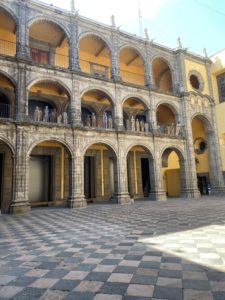
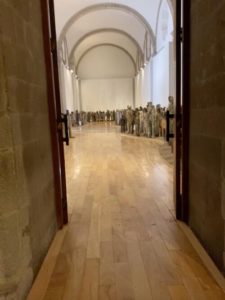
Also in Mexico City, I attended the contemporary Latin American art fair, known as Arte Contemporaneo ZONAMACO held at the spacious Centro Citibanamex in Mexico City. This venue had a wonderful interdisciplinary mix of Design, Craft and Fine Art, all under one roof, and was a refreshing mingling of the arts.
Another noteworthy event was seeing the first Mexico City international textile art fair known as Texto 2020. This was an exciting around-the-world tour of some of the best master artisans, social activists and designers of the handmade in textiles.
And I studied with Graciela Montaño (gracielamontanomx on Instagram), a knowledgeable chef who runs a beautiful kitchen and market study tour. I learned to make tamales along with a variety of sauces…including a white chocolate mole. Delicious.
The Jurors took a break after deliberations from the GICB 2019 Ceramic Biennale and were toured through the newly developed Ye Village. The location is a mecca for local ceramic artists who have settled in this region providing spacious studios, living spaces, galleries and museum to support the clay community near Icheon.
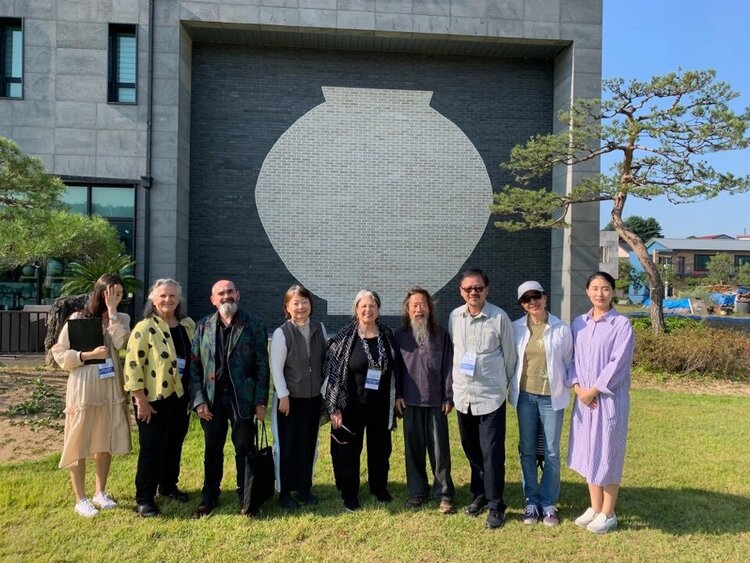
The Blanc de Chine international competition celebrated the rich history of porcelain by attracting artists who use this rare and difficult clay with works that dazzled and amazed the jury. The competition is meant to honor the centuries old Dehua Porcelain that was made famous for its maritime silk road worldwide distribution. It was known as “ivory white,” or “milk white,” and was referred to in Europe as Blanc de Chine. The artists selected as finalists represented work with an array of illusions, metaphors and sensitivities along with skillful and astonishing handling of porcelain. They made use of its unique ability to be made paper thin and translucent or super fine to record the most detailed nuance of textures.
The exhibition opened in Beijing and then 6 months later, opened at the Massena Museum in Nice, France where the prize-winning artists assembled at the Nice Opera House for a stunning awards ceremony that included opera soloists, choir and full orchestra.
The Korean Biennale (GICB) is probably the most prestigious of all ceramic competitions.
I was fortunate to be invited for a second time to jury the 10th which took place in 2019. I had previously juried the 2nd in 2005 and have consulted to the organization over the years.
The sheer magnitude of its spacious exhibition halls, the quality of the programing during the months it is open, the invitations to world-famous artists to lecture and demonstrate, the scholarly documentation of the catalogs, the ability to attract millions of visitors who flock to support the artists, and the memorable awards ceremonies to honor the artists, are just a few of the reasons for my enthusiasm.
This Gyeonggi region in Korea, where the royal kilns produced ceramics for the royal household for five hundred years (during the Joseon period) was not well known to the international community, and to remedy this, the first biennale was created to bring exposure to the region. It is well worth visiting not only to see the museums but also to visit the newly developed Ye ceramic community of galleries and artists’ studios with living working environments.
The jurors were asked to write a brief critical perspective for one of the winners and this was my writing for the grand prize winner, Tip Toland:
“Tip Toland’s figurative sculptures are stunningly realistic and exquisite. She uses wax to express real human skin and applies natural or artificial human hair. Her works bring to mind photorealism and hyperrealism, through which the artist intends to communicate the psychology deep inside humans. These three pieces are self-portraits. The first piece, “Tantrum”, describes the artist’s sane response to an insane world. The second piece, “Beauty Parlor”, is about parents willingly being made the fools out of love for their children. The third piece, “Fool”, is a portrait of the artist herself as a contemporary fool. Tip Toland often creates sculptures of the elderly and children because they are too often weak and neglected. The feelings imparted by her sculptures make the viewer feel the same feelings in his or her life and elicit an emotional and empathetic response.”
